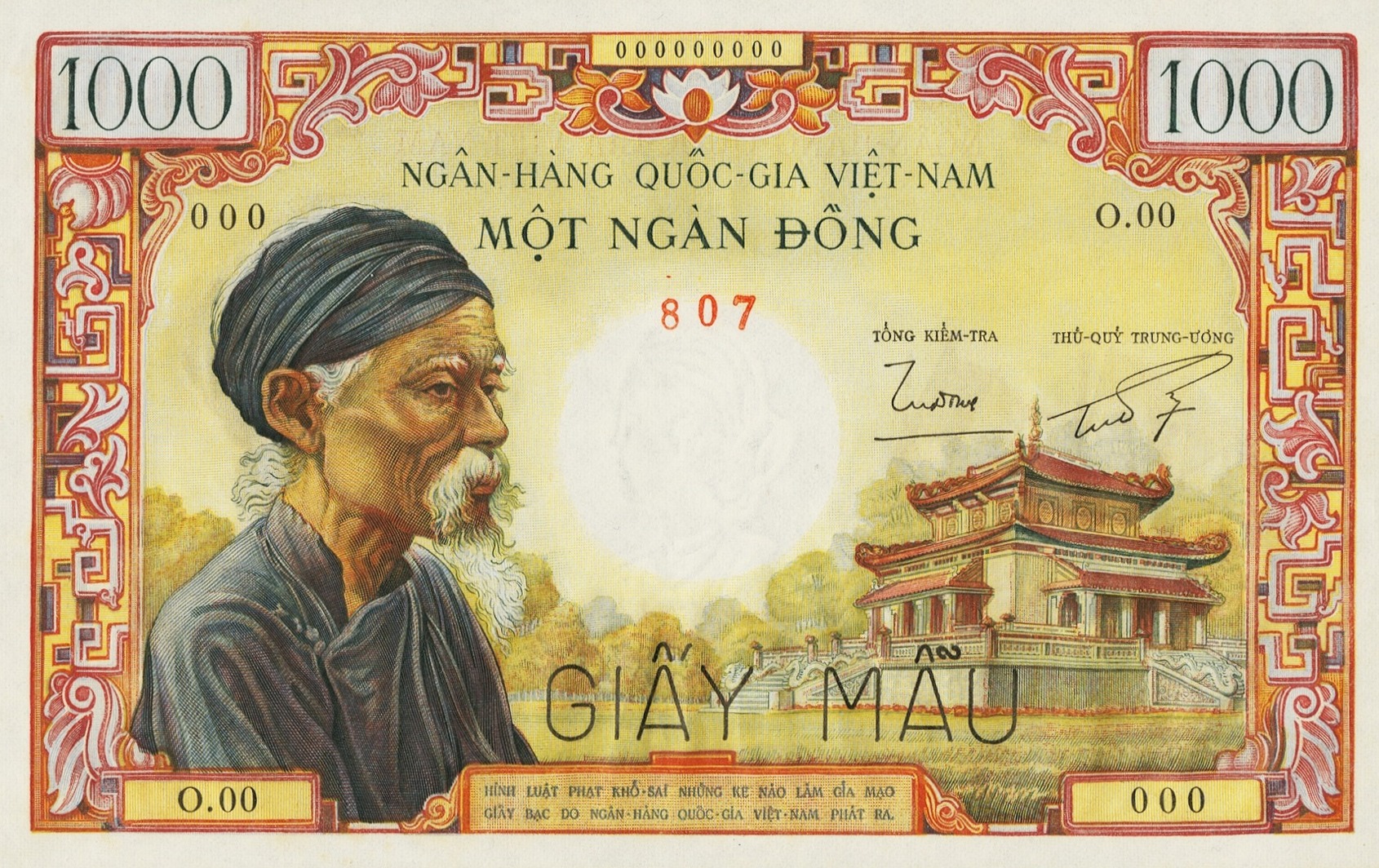
By Jim O’Neal
The war in Vietnam was a continuation of a war that had been going on since the end of WWII. After the Japanese surrender, the French attempted to take back their former colony, but Vietnamese nationalists (led by communist Ho Chi Minh) defeated the French at the Battle of Dien Bien Phu in 1954.
In the peace settlement, Vietnam was divided into two separate states at the 17th parallel – North (a communist state) and South (a Western-backed democracy) with a DMZ in the middle to keep them apart.
However, the Viet Minh infiltrated the South, which the U.S. feared would lead to a takeover, followed by an Asian “domino” outcome. The response was a ramp-up in military aid, advisors and limited support troops. The first 3,500 combat troops landed in early 1965 and steadily increased to 200,000. By November 1967 (despite war protests), there were nearly 500,000 fighting the Viet Cong and North Vietnamese army (NVA).
To counter the protests, General William Westmoreland claimed the U.S. was winning and President LBJ stood on the deck of the U.S.S. Enterprise and declared the war would continue “not many more nights.” It was late 1967.
Within weeks, the Tet Offensive would highlight the absurdly misplaced optimism of these words.
It started early in the morning of Jan. 31, 1968. The sounds of firecrackers were heard and assumed to just be Tet, the annual Vietnamese celebration heralding the beginning of the lunar New Year, “The Year of the Monkey.” All over Vietnam, similar celebrations were going on.
It was actually a massive attack by the communists on the South, and the surprise trapped many noncombatants, especially journalists, who quickly relayed the news home; vivid reports made front pages around the world with scenes of carnage shown nightly on television.
After the first few days, TV legend Walter Cronkite reportedly blurted, “What the hell is going on? I thought we were winning the war!” It mattered little that within weeks the North Vietnamese were being pushed back with heavy losses. The dramatic images stuck in people’s minds.
The combined impact of the offensive and images would ultimately force President Johnson not to seek reelection – a shocking result for the leader and his advisers, given the fact the offensive would end with an American victory, the devastation of the Viet Cong as a fighting force, and a severe mauling of the NVA.
It was a heavy price to pay for the faulty military propaganda and lying to the public that the war was “almost” won. Setting false expectations always leads to sad endings – but leaders persist, yet today.
 Intelligent Collector blogger JIM O’NEAL is an avid collector and history buff. He is President and CEO of Frito-Lay International [retired] and earlier served as Chairman and CEO of PepsiCo Restaurants International [KFC Pizza Hut and Taco Bell].
Intelligent Collector blogger JIM O’NEAL is an avid collector and history buff. He is President and CEO of Frito-Lay International [retired] and earlier served as Chairman and CEO of PepsiCo Restaurants International [KFC Pizza Hut and Taco Bell].
